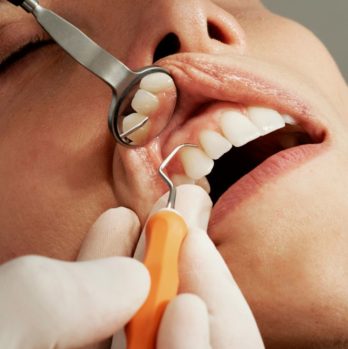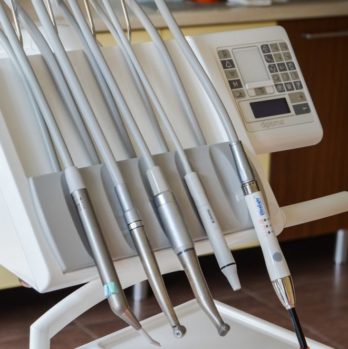High Protein Diet: Unlocking the Secrets to Optimal Health and Weight Loss

Introduction
In recent years, the concept of a high-protein diet has gained significant attention in the realm of health and fitness. With promises of rapid weight loss, improved muscle growth, and overall enhanced well-being, it is no wonder that this dietary approach has become increasingly popular among individuals striving to achieve their health goals. In this comprehensive article, we will delve into the world of high protein diets, exploring their different types, popular variants, measurements, differences, and historical background. Join us as we uncover the key to optimizing your health through a high-protein diet.
What is a High Protein Diet?

A high protein diet, as the name suggests, is an eating plan that prioritizes the consumption of protein-rich foods. Typically, such diets involve a higher proportion of protein compared to other macronutrients like carbohydrates and fats. This strategic focus on proteins aims to fuel various bodily functions, including muscle growth and repair, stabilization of blood sugar levels, and increased satiety, thereby aiding weight loss efforts. High protein diets often recommend obtaining proteins from both animal and plant sources, creating a balanced and sustainable approach to nutrition.
Types of High Protein Diets
Several types of high protein diets exist, each with its unique approach and popular variants. Let us explore some of the most recognized ones:
1. The Ketogenic Diet: This low-carbohydrate, high-fat diet forces the body into a state of ketosis, where it primarily relies on fat for energy production. While protein intake is moderate, it remains an integral part of this diet’s composition.
2. The Atkins Diet: Similar to the ketogenic diet, the Atkins diet emphasizes low carbohydrate intake while incorporating more proteins and healthy fats. It offers several phases, allowing individuals to gradually reintroduce carbs while maintaining protein levels.
3. The Paleo Diet: Inspired by the eating patterns of our hunter-gatherer ancestors, the paleo diet focuses on unprocessed, whole foods, including lean meats, fish, fruits, vegetables, and nuts. Protein plays a significant role in this diet, promoting satiety and supporting muscle development.
Quantitative Measurements of a High Protein Diet
To follow a high protein diet effectively, it is crucial to understand the recommended daily protein intake. While individual requirements vary depending on factors such as age, sex, weight, and activity level, the general guideline suggests consuming 0.8 grams of protein per kilogram of body weight. However, athletes, bodybuilders, and individuals engaged in intense physical activities may require higher protein intake to support muscle repair and growth. Consulting a healthcare professional or nutritionist can help determine precise protein requirements for personal goals.
Distinguishing Between Different High Protein Diets
While all high protein diets share a common emphasis on protein-rich foods, they differ in other aspects such as macronutrient ratios and dietary restrictions. Understanding these differences is crucial in choosing the most suitable high protein diet for individual needs. Here are a few differentiating factors:
1. Carbohydrate Intake: Some high protein diets restrict carbohydrates to induce ketosis, while others allow gradual reintroduction of carbs.
2. Fat Content: High protein diets may vary in the amount and type of dietary fats recommended, with some prioritizing healthy fats like avocado and olive oil.
3. Variability in Protein Sources: Different high protein diets suggest varying sources of protein, ranging from lean meats to plant-based alternatives, accommodating different dietary preferences and restrictions.
A Historical Overview of Pros and Cons of High Protein Diets
High protein diets have evolved over the years, with proponents and critics pointing out their advantages and disadvantages. Let us explore a brief historical perspective:
1. Advantages:
– Weight Loss: High protein diets have shown effectiveness in promoting rapid weight loss and reducing overall calorie intake.
– Muscle Growth and Repair: Increased protein intake supports muscle development and aids faster recovery after intense workouts.
– Sustained Energy Levels: Protein’s slower digestion rate helps stabilize blood sugar levels, offering prolonged energy throughout the day.
2. Disadvantages:
– Nutrient Imbalances: When not adequately planned, high protein diets may lead to nutrient deficiencies due to restricted food choices.
– Kidney Function: Individuals with pre-existing kidney conditions may experience strain on their kidneys due to increased protein intake.
– Sustainability: Some high protein diets may be challenging to maintain in the long term, potentially leading to regaining weight once the diet is discontinued.
[INSERT VIDEO HERE]
Conclusion
In conclusion, a high protein diet offers numerous benefits for individuals seeking optimal health and weight management. By understanding the different types, quantifying the ideal protein intake, and recognizing the variations between high protein diets, one can make well-informed choices aligned with personal goals and preferences. While high protein diets have their advantages, it is essential to approach them with an understanding of potential disadvantages and consultation with healthcare professionals. Embrace the power of proteins and unlock the path to a healthier, fitter you.











